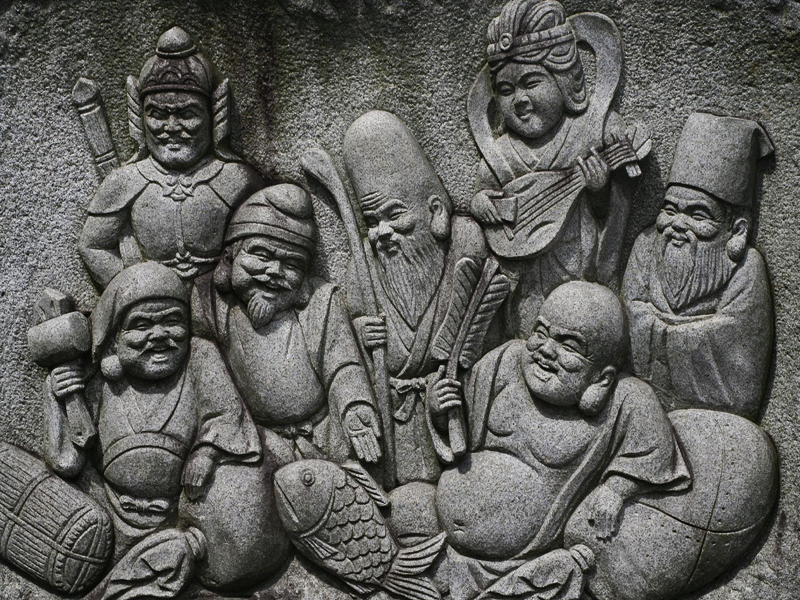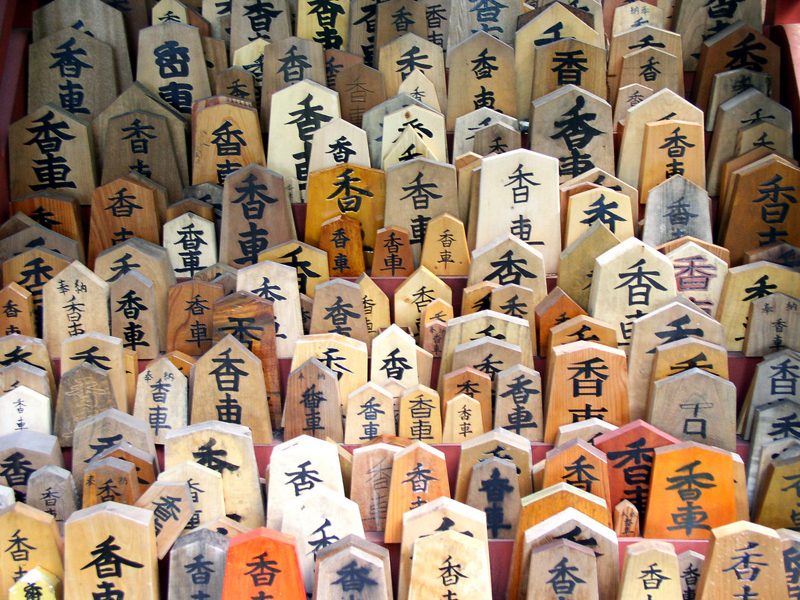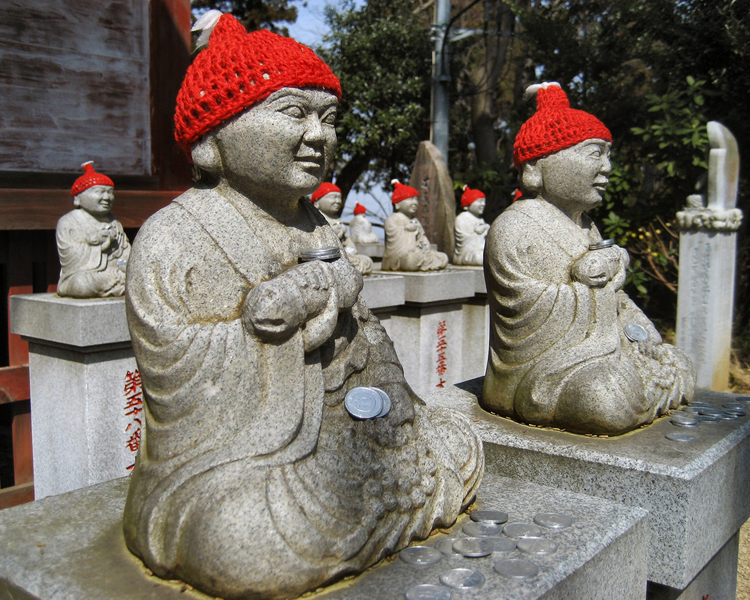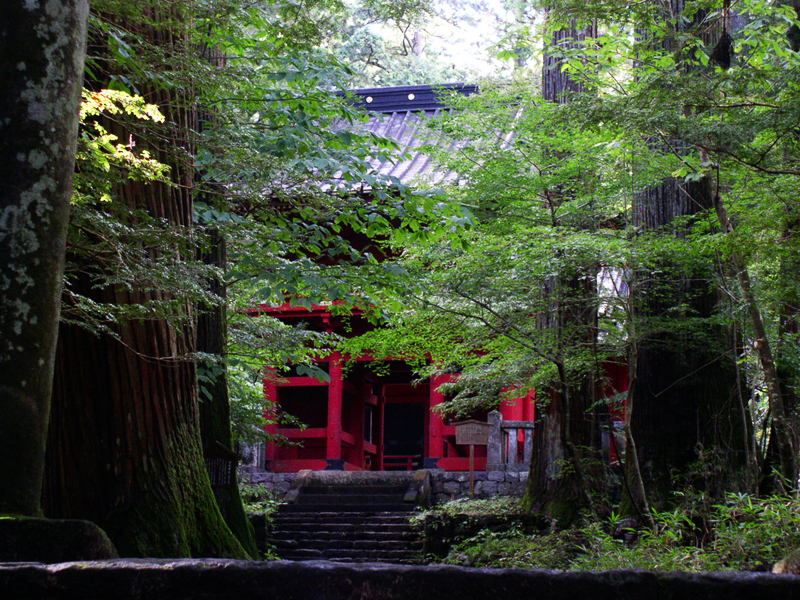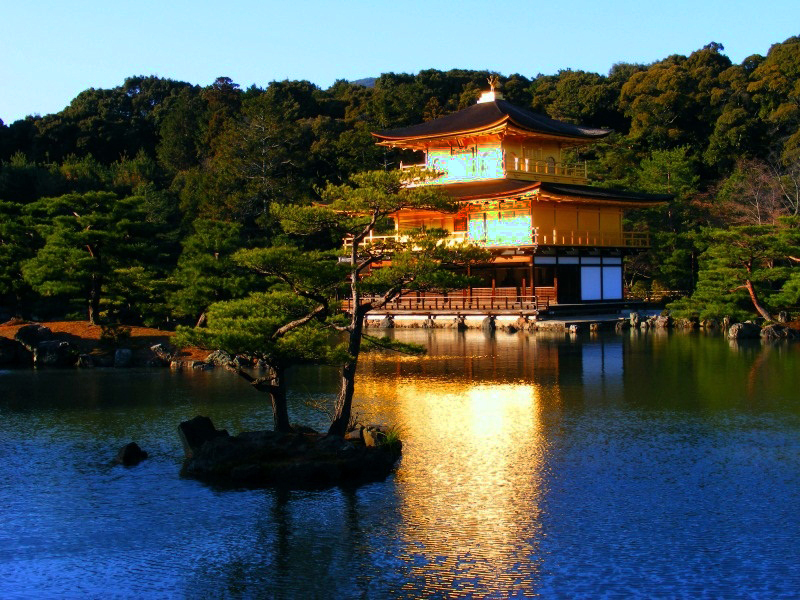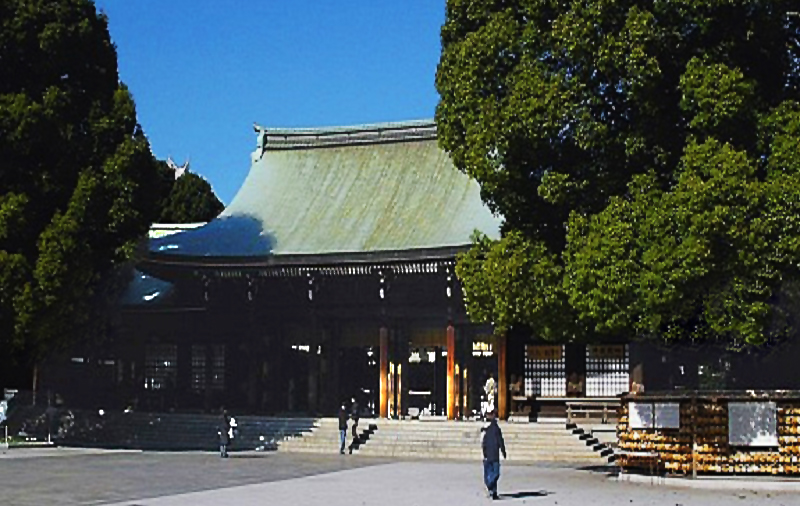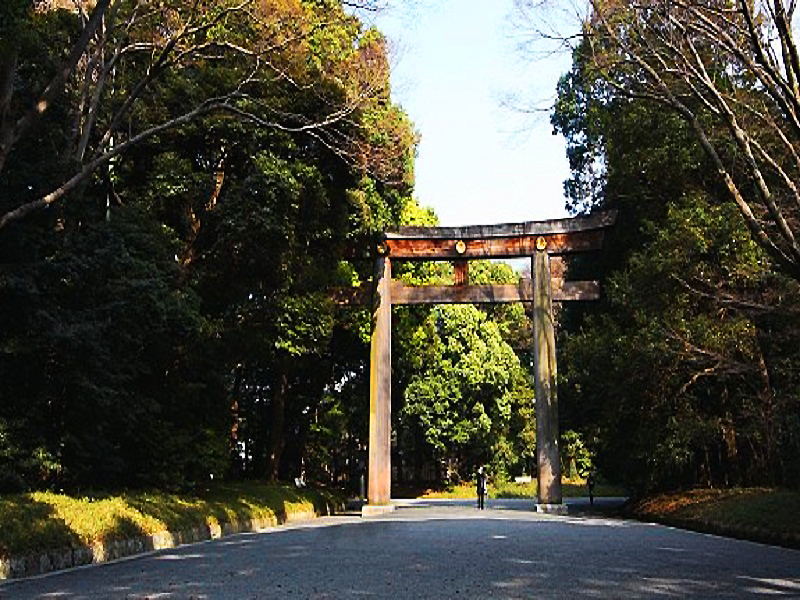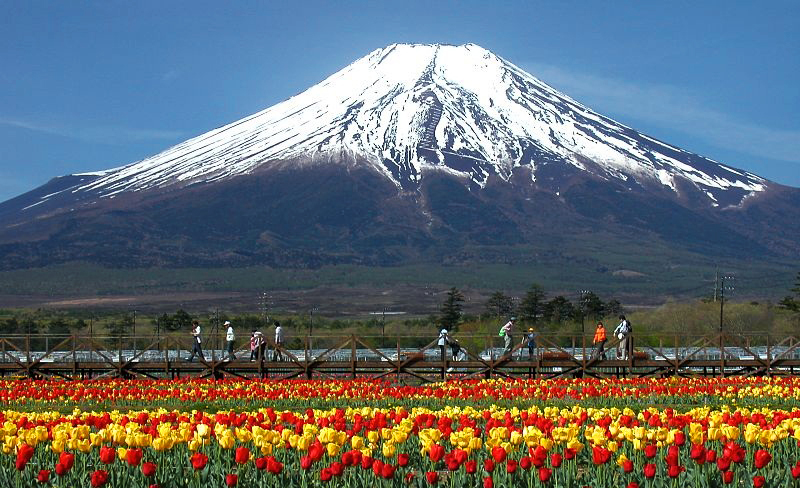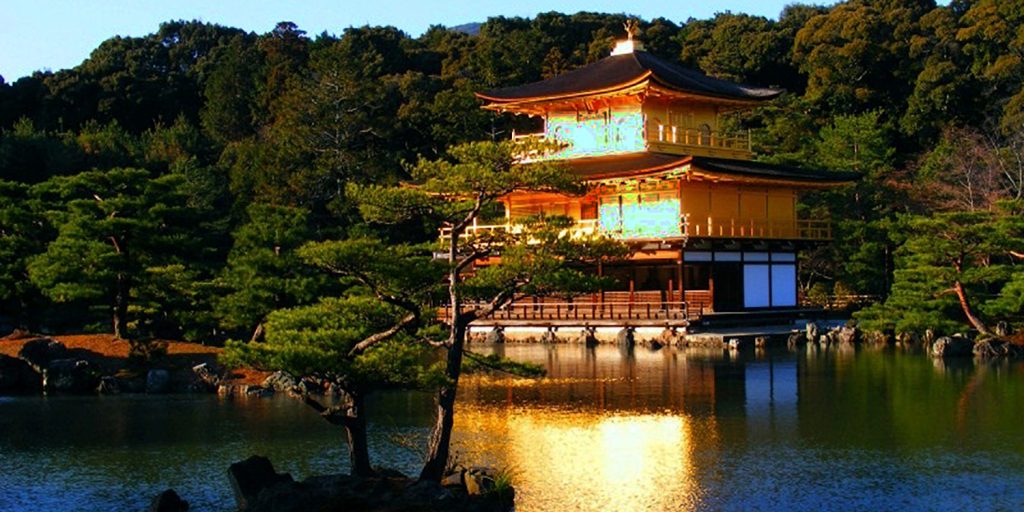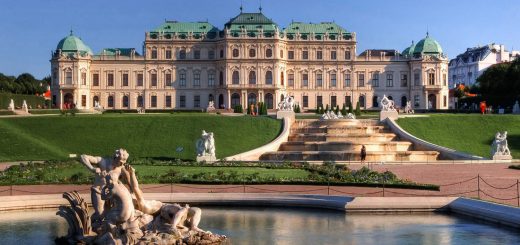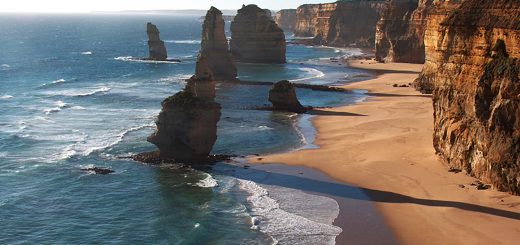Japan – Quick Travel Insights
About Japan
Japan is an island country in East Asia located in the Pacific Ocean. Japan is often called the “Land of the Rising Sun”.
It is a strato-volcanic archipelago of 6,852 islands. The four largest are Honshu, Hokkaido, Kyushu, and Shikoku.
It is a constitutional monarchy whereby the power of the Emperor is very limited. As a ceremonial figurehead, he is defined by the constitution as the “Symbol of the State and of the Unity of the People”. Power is held chiefly by the Prime Minister and other elected members of the Diet, while sovereignty is vested in the Japanese people.
The climate of Japan is predominantly temperate, but varies greatly from north to south. The northernmost zone, Hokkaido has a humid climate with long, cold winters and very warm to cool summers. Its average winter temperature is 5.1 degrees centigrade or 41.2 degrees Fahrenheit and the average summer temperature is 25.2 degrees centigrade or 77.4 degrees Fahrenheit.
As of 2012, it is the third largest national economy in the world, after the United States and China, in terms of nominal GDP, and the fourth largest national economy in the world, after the United States, China, and India, in terms of purchasing power.
It has a large industrial capacity and is home to some of the largest and most technologically advanced producers of motor vehicles, electronics, machine tools, steel and nonferrous metals, ships, chemical substances, textiles and processed foods.
In Japan, healthcare is provided by national and local governments. Payment for personal medical services is offered through a universal health insurance system that provides relative equality of access with fees set by a government committee. People without insurance through employers can participate in a national health insurance program administered by local governments. Since 1973, all elderly persons have been covered by government sponsored insurance. Patients are free to select the physicians or facilities of their choice.
Their culture has evolved greatly from its origins. Traditional Japanese arts include crafts such as ceramics.
Attractions
Some attractions that may be interesting to visit in Japan are:
Mount Fuji, is one of the most interesting mountains to see, as it has 3 separate volcanoes. One on top of the other. The bottom layer is the Konutake volcano, next is the Kofuji volcano, then Fuji which is the youngest of the three. Climbing season begins on July 1 and ends on August 27, lasting less than two months. The Summit temperature, without wind chill factor, is 41 degrees Fahrenheit on average and in August this jumps up 3 degrees for an average of 44 degrees Fahrenheit. This volcanic mountain has a symmetrical shape which is unusual for a mountain, especially a volcano. There are large number of hotels, in the area around Mount Fuji, to choose from. The price range varies and can go from a very small fee to a large expense depending in your preferences.
Kinkaku-ji, or the “Temple of the Golden Pavilion”, is officially called the Rokuon-ji (“Deer Garden Temple”). It is a Zen Buddhist temple in Kyoto, Japan. It is open daily from 9am – 5pm. Admission is a small fee. It is one of the most popular buildings in Japan attracting visitors. It is designated as a National Special Historic Site and a National Special landscape.
The Meiji Shrine is a shrine dedicated to the deified spirits of Emperor Meiji and his consort, Empress Shoken. It is located just beside the JR Yamanote Line’s busy Harajuku Station. Emperor Meiji was the first emperor of modern Japan. He was born in 1852 and ascended to the throne in 1867, at the peak of the Meiji Restoration, when Japan’s feudal era came to an end and the emperor was restored to power. Entry into the shrine grounds is marked by a massive Tori Gate, after which the sights and sounds of the busy city are replaced by a tranquil forest. The trees (about 100,000 of them) were planted during the shrine construction and were donated by regions across the entire country. In the first days of New Year, the shrine regularly welcomes more than 3 million people for the year’s first prayers (hatsumode) – more than any other shrine or temple in the country. During the rest of the year, traditional Shinto weddings can often be seen taking place there.
Those are just a sample of the attractions that you can find in Japan. There is so much more to discover!
Image credits – some images featured from the following:
Thanks to the photographers who have shared their photos:
Ricymar Photography, Russ Bowling, YoTut – Found on http://www.flickr.com/

